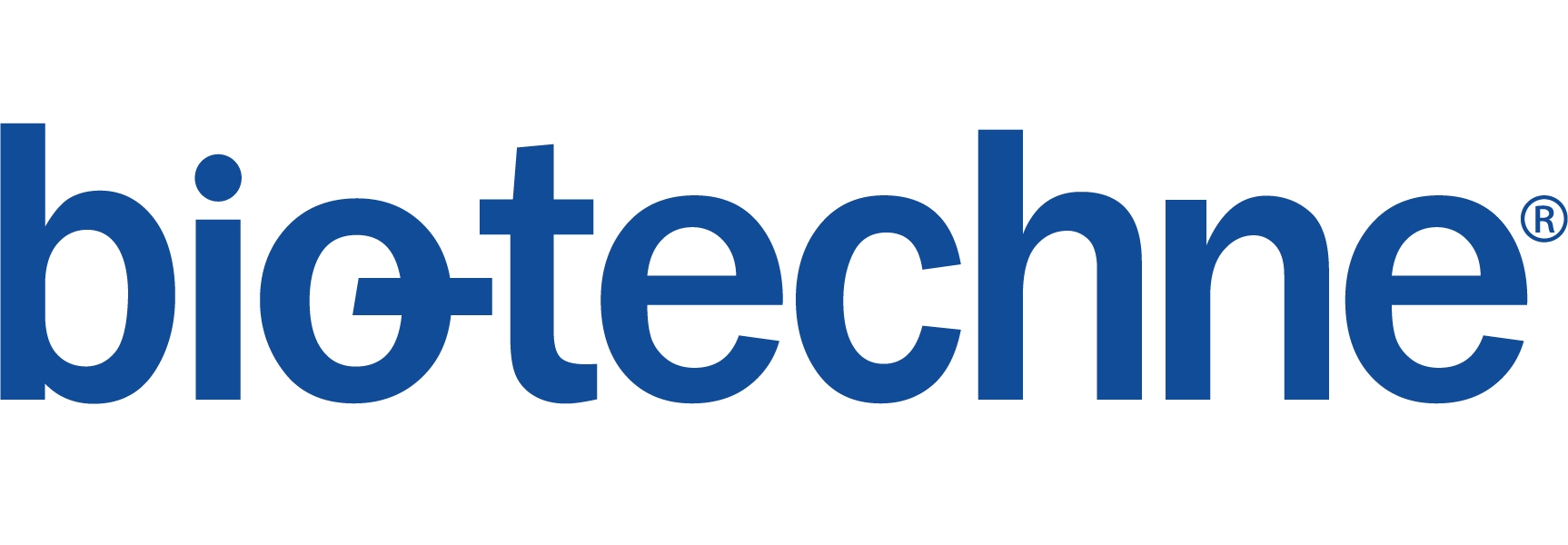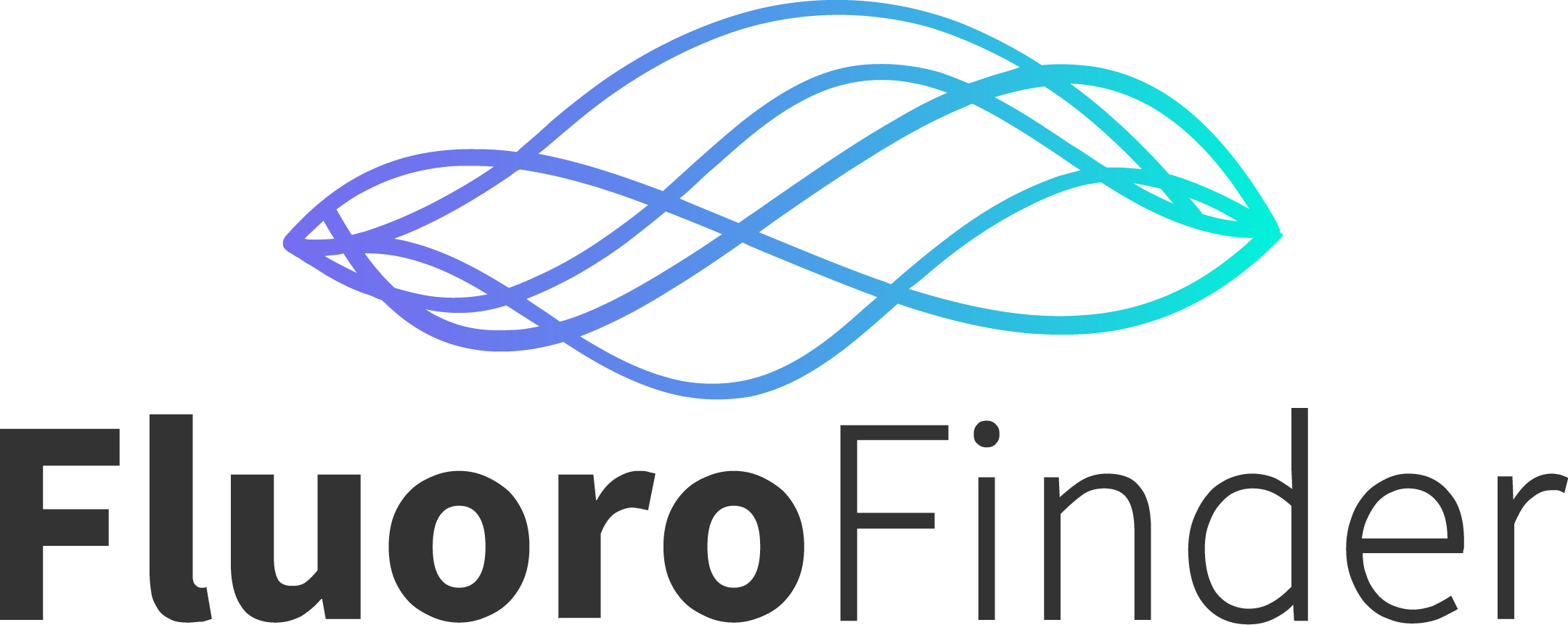-
GENE_NAME : CD9
CD_NAME : CD9
DESC: CD9 antigen (p24)
OTH_NAMES: BA2; DRAP-27; MIC3; MRP-1; P24CLONE_NAME ISO_TYPE SUBMITTER AVAILABLE_FROM HI9A IgG1 Chen BioLegend M-L13 unknown Rieber BD Biosciences MM2/57 IgG2b Wilkinson AbD Serotec SN4 IgG1 Seon Thermo Fisher Scientific MEM-61 IgG1 Tinsley Novus Biologicals MM2/57 IgG2b Tinsley Novus Biologicals P1/33/2C IgG1k Tinsley Novus Biologicals RH1A IgG3 Tinsley Novus Biologicals SN4 IgG1 Tinsley Novus Biologicals MEM-61 Mouse IgG1 Horejsi EXBIO Praha -
CLONE_NAME ISO_TYPE SUBMITTER AVAILABLE_FROM 1AA2.H9 IgG1 Ashman 15C3 IgG1 Marcil 21D-10 IgG Garrido 35.1 IgG Deng CT AG-1 IgG1 Miller AL6 IgG LeBacq-Verheyden ALB6 IgG1 Boucheix BA-2 IgG3 Kersey BU16 IgG2a Johnson CLB-thromb/2 unknown von den Borne CLB-thromb/8 IgG2a von dem Borne DS21 IgG2a Bai DU-ALL-1 IgG2a Jones NH FMC8 IgG1 Brooks DA FMC56 IgG1 Zola Gi7 IgG1 Santoso GR2110 IgG1 Garrido HI9A IgG1 Chen BioLegend HI117 IgG3 Chen J2 IgM Ritz J-9 unknown Pesando J30 IgM Ritz LI9.4 (check name) IgM von dem Borne M-L13 unknown Rieber BD Biosciences MB16 unknown von dem Borne MB61 IgG1 von dem Borne MEM-61 IgG1 Horejsi MEM-192 IgM Horejsi MM2/57 IgG2b Wilkinson AbD Serotec MM2/356 IgG1 Wilkinson P1/33/2C IgG1k Broe PHN33 unknown Bai PHN200 unknown Bai PM6/248 IgG1 Wilkinson RH1A IgG3 Davis SJ9A4 IgG1 Komada Y SN4 IgG1 Seon Thermo Fisher Scientific SN4d IgG2a Seon SYB1 unknown Breard TP82 IgG1 Maeda WH14 IgG1 Nakamura N MEM-61 IgG1 Tinsley Novus Biologicals MM2/57 IgG2b Tinsley Novus Biologicals P1/33/2C IgG1k Tinsley Novus Biologicals RH1A IgG3 Tinsley Novus Biologicals SN4 IgG1 Tinsley Novus Biologicals MEM-61 Mouse IgG1 Horejsi EXBIO Praha -
STRUCTURE
CD9 is a type 3 integral protein belonging to the tetraspanin family.1 It contains 4 transmembrane domains and 2 extracellular loops of different lenghts.1-2 The large extracellular loop contains a CCG motif. Both the N- and C-terminal domains are located in the cytoplasm.1-2
- Horejsí V, Vlcek C. Novel structurally distinct family of leucocyte surface glycoproteins including CD9, CD37, CD53 and CD63. FEBS Lett. 1991;288:1-4.
- Boucheix C, Benoit P, Frachet P, Billard M, Worthington RE, Gagnon J, Uzan G. Molecular cloning of the CD9 antigen. A new family of cell surface proteins. J Biol Chem. 1991;266:117-22.
-
LIGANDS
Extracellular
It presumably binds to PSG17.1 CD9 associates with transmembrane proteins such as claudin-12, EGFR3, β1 and other integrins3-4, CD445, syndecan5, CD426, CD476, CD817, CD827, CD637, HLA-DR7, CD38, CD48, CD58, CD28, CD199, EWI-210, EWI-F protein11 and MHC class II.12 CD9 also interacts with the heparin-binding EGF-like growth factor, amphiregulin, 90K, TGF-α and CD1a.13-16
Intracellular associate molecules
PKC17 and PI4K.18
- Ellerman DA, Ha C, Primakoff P, Myles DG, Dveksler GS. Direct binding of the ligand PSG17 to CD9 requires a CD9 site essential for sperm-egg fusion. Mol Biol Cell. 2003;14:5098-103.
- Kovalenko OV, Yang XH, Hemler ME. A novel cysteine cross-linking method reveals a direct association between claudin-1 and tetraspanin CD9. Mol Cell Proteomics. 2007;6:1855-67.
- Murayama Y, Shinomura Y, Oritani K, Miyagawa J, Yoshida H, Nishida M, Katsube F, Shiraga M, Miyazaki T, Nakamoto T, Tsutsui S, Tamura S, Higashiyama S, Shimomura I, Hayashi N. The tetraspanin CD9 modulates epidermal growth factor receptor signaling in cancer cells. J Cell Physiol. 2008;216:135-43.
- Boucheix C, Rubinstein E. Tetraspanins. Cell Mol Life Sci. 2001;58:1189-205.
- Jones PH, Bishop LA, Watt FM. Functional significance of CD9 association with beta 1 integrins in human epidermal keratinocytes. Cell Adhes Commun. 1996;4:297-305.
- Longhurst CM, White MM, Wilkinson DA, Jennings LK. A CD9, alphaIIbbeta3, integrin-associated protein, and GPIb/V/IX complex on the surface of human platelets is influenced by alphaIIbbeta3 conformational states. Eur J Biochem. 1999;263:104-11.
- Rubinstein E, Le Naour F, Lagaudrière-Gesbert C, Billard M, Conjeaud H, Boucheix C. CD9, CD63, CD81, and CD82 are components of a surface tetraspan network connected to HLA-DR and VLA integrins. Eur J Immunol. 1996;26:2657-65.
- Toyo-oka K, Yashiro-Ohtani Y, Park CS, Tai XG, Miyake K, Hamaoka T, Fujiwara H. Association of a tetraspanin CD9 with CD5 on the T cell surface: role of particular transmembrane domains in the association. Int Immunol. 1999;11:2043-52.
- Horváth G, Serru V, Clay D, Billard M, Boucheix C, Rubinstein E. CD19 is linked to the integrin-associated tetraspans CD9, CD81, and CD82. J Biol Chem. 1998;273:30537-43.
- Stipp CS, Kolesnikova TV, Hemler ME. EWI-2 is a major CD9 and CD81 partner and member of a novel Ig protein subfamily. J Biol Chem. 2001;276:40545-54.
- Stipp CS, Orlicky D, Hemler ME. FPRP, a major, highly stoichiometric, highlyspecific CD81- and CD9-associated protein. J Biol Chem. 2001;276:4853-62.
- Engering A, Pieters J. Association of distinct tetraspanins with MHC class II molecules at different subcellular locations in human immature dendritic cells. Int Immunol. 2001;13:127-34.
- Inui S, Higashiyama S, Hashimoto K, Higashiyama M, Yoshikawa K, Taniguchi N. Possible role of coexpression of CD9 with membrane-anchored heparin-binding EGF-like growth factor and amphiregulin in cultured human keratinocyte growth. J Cell Physiol. 1997;171:291-8.
- Shi W, Fan H, Shum L, Derynck R. The tetraspanin CD9 associates with transmembrane TGF-alpha and regulates TGF-alpha-induced EGF receptor activation and cell proliferation. J Cell Biol. 2000;148:591-602.
- Lee JH, Bae JA, Lee JH, Seo YW, Kho DH, Sun EG, Lee SE, Cho SH, Joo YE, Ahn KY, Chung IJ, Kim KK. Glycoprotein 90K, downregulated in advanced colorectal cancer tissues, interacts with CD9/CD82 and suppresses the Wnt/beta-catenin signal via ISGylation of beta-catenin. Gut. 2010;59:907-17.
- Sloma I, Zilber MT, Vasselon T, Setterblad N, Cavallari M, Mori L, De Libero G, Charron D, Mooney N, Gelin C. Regulation of CD1a surface expression and antigen presentation by invariant chain and lipid rafts. J Immunol. 2008;180:980-7.
- Zhang XA, Bontrager AL, Hemler ME. Transmembrane-4 superfamily proteins associate with activated protein kinase C (PKC) and link PKC to specific beta(1) integrins. J Biol Chem. 2001;276:25005-13.
- Yauch RL, Hemler ME. Specific interactions among transmembrane 4 superfamily (TM4SF) proteins and phosphoinositide 4-kinase. Biochem J. 2000;351 Pt 3:629-37.
-
GENE_NAME : CD9
CD_NAME : CD9
CD9 is expressed in several cell types including platelets1-2, B cells3, T cells4, eosinophils1, basophils1, myocardial cells1, follicular dendritic cells2, monocytes2, megakariocytes2, oocytes5, sperm5, keratinocytes2-6, thymocytes6, basolateral membrane of immature enterocytes2, fibroblasts2,6, alveolar pneumocytes2, Schwann cells2, spongiocytes2, thyroid cells2, macrophages6 and melanocytes.6
It is also expressed in distal tubules1and collecting ducts1-2, the wall of small vessels1, smooth muscle2,6, bronchi2, bronchioles2, tonsil2, peripheral nerves2, cerebral white matter2, liver2 and intestine.6
- Boucheix C, Perrot JY, Mirshahi M, Giannoni F, Billard M, Bernadou A, Rosenfeld C. A new set of monoclonal antibodies against acute lymphoblastic leukemia. Leuk Res. 1985;9:597-604.
- Sincock PM, Mayrhofer G, Ashman LK. Localization of the transmembrane 4 superfamily (TM4SF) member PETA-3 (CD151) in normal human tissues: comparison with CD9, CD63, and alpha5beta1 integrin. J Histochem Cytochem. 1997;45:515-25.
- Zeleznik-Le NJ, Metzgar RS. Expression of CD9 antigen on normal activated human B cells. Cell Immunol. 1989;123:70-82.
- Tai XG, Yashiro Y, Abe R, Toyooka K, Wood CR, Morris J, Long A, Ono S, Kobayashi M, Hamaoka T, Neben S, Fujiwara H. A role for CD9 molecules in T cell activation. J Exp Med. 1996;184:753-8.
- Jankovičová J, Simon M, Antalíková J, Cupperová P, Michalková K. Role of tetraspanin CD9 molecule in fertilization of mammals. Physiol Res. 2015;64:279-93.
- Huang C, Taki T, Adachi M, Yagita M, Sawada S, Takabayashi A, Inufusa H, Yoshie O, Miyake M. MRP-1/CD9 and KAI1/CD82 expression in normal and various cancer tissues. Int J Oncol. 1997;11:1045-51.
-
GENE_NAME : CD9
CD_NAME : CD9
Through its association with other transmembrane proteins such as integrins or proteins of the EWI family, CD9 forms functional complexes that regulate cell adhesion and motility.1-2 n order to do it, CD9 modulates the conformational state of integrins, their signalling, their clustering and the formation of stress fibers.3-6
Apart from its role in adhesion and migration, CD9 inhibits cell proliferation and promotes apoptosis of cancer cells.7 On oocytes, CD9 is hypothesized to play a role in fertilization.8 On immune cells, CD9 participates in TCR and BCR signaling and in antigen presentation through MHC-II regulation.9-10
Last, CD9 is involved in osteoclastogenesis, multinucleated giant cell formation, fusion of myotubes, platelet aggregation and cell contraction.11-15
- Powner D, Kopp PM, Monkley SJ, Critchley DR, Berditchevski F. Tetraspanin CD9 in cell migration. Biochem Soc Trans. 2011;39:563-7.
- Murayama Y, Oritani K, Tsutsui S. Novel CD9-targeted therapies in gastric cancer. World J Gastroenterol. 2015;21:3206-13.
- Reyes R, Monjas A, Yánez-Mó M, Cardeñes B, Morlino G, Gilsanz A, Machado-Pineda Y, Lafuente E, Monk P, Sánchez-Madrid F, Cabañas C. Different states of integrin LFA-1 aggregation are controlled through its association with tetraspanin CD9. Biochim Biophys Acta. 2015;1853:2464-80.
- Rocha-Perugini V, González-Granado JM, Tejera E, López-Martín S, Yañez-Mó M, Sánchez-Madrid F. Tetraspanins CD9 and CD151 at the immune synapse support T-cell integrin signaling. Eur J Immunol. 2014;44:1967-75.
- Kotha J, Longhurst C, Appling W, Jennings LK. Tetraspanin CD9 regulates beta 1 integrin activation and enhances cell motility to fibronectin via a PI-3 kinase-dependent pathway. Exp Cell Res. 2008;314:1811-22.
- Scherberich A, Giannone G, Perennou E, Takeda K, Boucheix C, Rubinstein E, Lanza F, Beretz A. FAK-mediated inhibition of vascular smooth muscle cell migration by the tetraspanin CD9. Thromb Haemost. 2002;87:1043-50.
- Murayama Y, Miyagawa J, Oritani K, Yoshida H, Yamamoto K, Kishida O, Miyazaki T, Tsutsui S, Kiyohara T, Miyazaki Y, Higashiyama S, Matsuzawa Y, Shinomura Y. CD9-mediated activation of the p46 Shc isoform leads to apoptosis in cancer cells. J Cell Sci. 2004;117:3379-88.
- Jankovičová J, Simon M, Antalíková J, Cupperová P, Michalková K. Role of tetraspanin CD9 molecule in fertilization of mammals. Physiol Res. 2015;64:279-93.
- Rocha-Perugini V, Martínez Del Hoyo G, González-Granado JM, Ramírez-Huesca M, Zorita V, Rubinstein E, Boucheix C, Sánchez-Madrid F. CD9 Regulates Major Histocompatibility Complex Class II Trafficking in Monocyte-Derived Dendritic Cells. Mol Cell Biol. 2017 14;37.
- Ovalle S, Gutiérrez-López MD, Monjas A, Cabañas C. Implication of the tetraspanin CD9 in the immune system and cancer. Inmunología. 2007;26:65-72.
- Charrin S, Latil M, Soave S, Polesskaya A, Chrétien F, Boucheix C, Rubinstein E. Normal muscle regeneration requires tight control of muscle cell fusion bytetraspanins CD9 and CD81. Nat Commun. 2013;4:1674.
- Yi T, Kim HJ, Cho JY, Woo KM, Ryoo HM, Kim GS, Baek JH. Tetraspanin CD9 regulates osteoclastogenesis via regulation of p44/42 MAPK activity. Biochem Biophys Res Commun. 2006;347:178-84. Epub 2006 Jun 21.
- Parthasarathy V, Martin F, Higginbottom A, Murray H, Moseley GW, Read RC, Mal G, Hulme R, Monk PN, Partridge LJ. Distinct roles for tetraspanins CD9, CD63 and CD81 in the formation of multinucleated giant cells. Immunology. 2009;127:237-48.
- Nakazawa Y, Sato S, Naito M, Kato Y, Mishima K, Arai H, Tsuruo T, Fujita N. Tetraspanin family member CD9 inhibits Aggrus/podoplanin-induced platelet aggregation and suppresses pulmonary metastasis. Blood. 2008;112:1730-9.
- Herr MJ, Mabry SE, Jennings LK. Tetraspanin CD9 regulates cell contraction and actin arrangement via RhoA in human vascular smooth muscle cells. PLoS One. 2014 3;9:e106999.
-
GENE_NAME : CD9
CD_NAME : CD9
Cell marker
CD9 is a useful marker for diagnosis and classification of megakaryoblastic leukemia and B-cell precursor acute lymphoblastic leukemia.1 CD9 expression is a prognostic marker of several cancers including colorectal carcinoma and follicular lymphoma.2-3
- Van Dongen JJ, Lhermitte L, Böttcher S, Almeida J, van der Velden VH, Flores-Montero J, Rawstron A, Asnafi V, Lécrevisse Q, Lucio P, Mejstrikova E, Szczepański T, Kalina T, de Tute R, Brüggemann M, Sedek L, Cullen M, Langerak AW, Mendonça A, Macintyre E, Martin-Ayuso M, Hrusak O, Vidriales MB, Orfao A; EuroFlow Consortium (EU-FP6, LSHB-CT-2006-018708). EuroFlow antibody panels for standardized n-dimensional flow cytometry immunophenotyping of normal, reactive and malignant leukocytes. Leukemia. 2012;26:1908-75.
- Kim KJ, Kwon HJ, Kim MC, Bae YK. CD9 Expression in Colorectal Carcinomas and Its Prognostic Significance. J Pathol Transl Med. 2016;50:459-468.
- Dong T, Liu Z, Zhao S, Hu C, Liu Y, Ma W, Zhang Q. The Expression of CD9 and PIK3CD is Associated with Prognosis of Follicular Lymphoma. J Cancer. 2015;6:1222-9.
Therapeutic
To our knowledge, there are no monoclonal antibodies targeting CD9 used in the clinical practice. However, CD9 is a potential candidate in cancer treatment due to its role in cell motility, apoptosis and metastasis. In particular, positive results have been reported when administering anti-CD9 monoclonal antibodies in in vivo models of gastric and colon cancer.1-2 Furthermore, CD9 antibodies are also useful for bone marrow purging.3-4
- Nakamoto T, Murayama Y, Oritani K, Boucheix C, Rubinstein E, Nishida M, Katsube F, Watabe K, Kiso S, Tsutsui S, Tamura S, Shinomura Y, Hayashi N. A novel therapeutic strategy with anti-CD9 antibody in gastric cancers. J Gastroenterol. 2009;44:889-96.
- Ovalle S, Gutiérrez-López MD, Olmo N, Turnay J, Lizarbe MA, Majano P, Molina-Jiménez F, López-Cabrera M, Yáñez-Mó M, Sánchez-Madrid F, Cabañas C. The tetraspanin CD9 inhibits the proliferation and tumorigenicity of human colon carcinoma cells. Int J Cancer. 2007;121:2140-52.
- Soiffer RJ, Roy DC, Gonin R, Murray C, Anderson KC, Freedman AS, Rabinowe SN, Robertson MJ, Spector N, Pesek K, et al. Monoclonal antibody-purged autologous bone marrow transplantation in adults with acute lymphoblastic leukemia at high risk of relapse. Bone Marrow Transplant. 1993;12:243-51.
- Vervoordeldonk SF, van den Berg H, von dem Borne AE, van Leeuwen EF, Slaper-Cortenbach IC. Optimization of purging of autologous bone marrow grafts for children with precursor B acute lymphoblastic leukemia. J Hematother. 1997;6:495-500.
-
GENE_NAME : CD9
CD_NAME : CD9
GENERAL_INFORMATION
NCBI_NAME CD9 NCBI_OTHER_NAME BA2; DRAP-27; MIC3; MRP-1; P24 SWISS_NAMES CD9_HUMAN DESC CD9 antigen (p24) LOCUS_INFO_LINKS
HGNC_LOCUS_TAG: 1709 ONLINE_MENDELIAN_INHERITANCE: 143030 NCBI_HOMOLOGENE: 20420 NCBI_MAP: 12p13.3 NCBI_ENTRE_GENE_ENTRY: 928 GENE_SIZE: 37873 EN_GE_EN: MRNA_SEQ_LENGTH: 1246 PRCORENC: 112 to 798 ENTREN: ENST00000009180 PROTEIN_LENGTH_NCBI_REFSEQ: 229 NCBI_REF_SEF_ENTRY: NP_001760 , 4502693 PROTEIN_LENGTH_SWISPROT: 227 ENSEMBLE_PROT_ENTRY: ENSP00000009180 PR_MO_WEIGHT: 25285 SWPROT_PROTEIN_ENTRY: CD9_HUMAN , P21926 PR_SW_PR: 7.14 IPI_NUMBER: IPI00215997 NCBI_CONSV_DOMAINS: 4502693 ENSM_NUMBER: P21926







